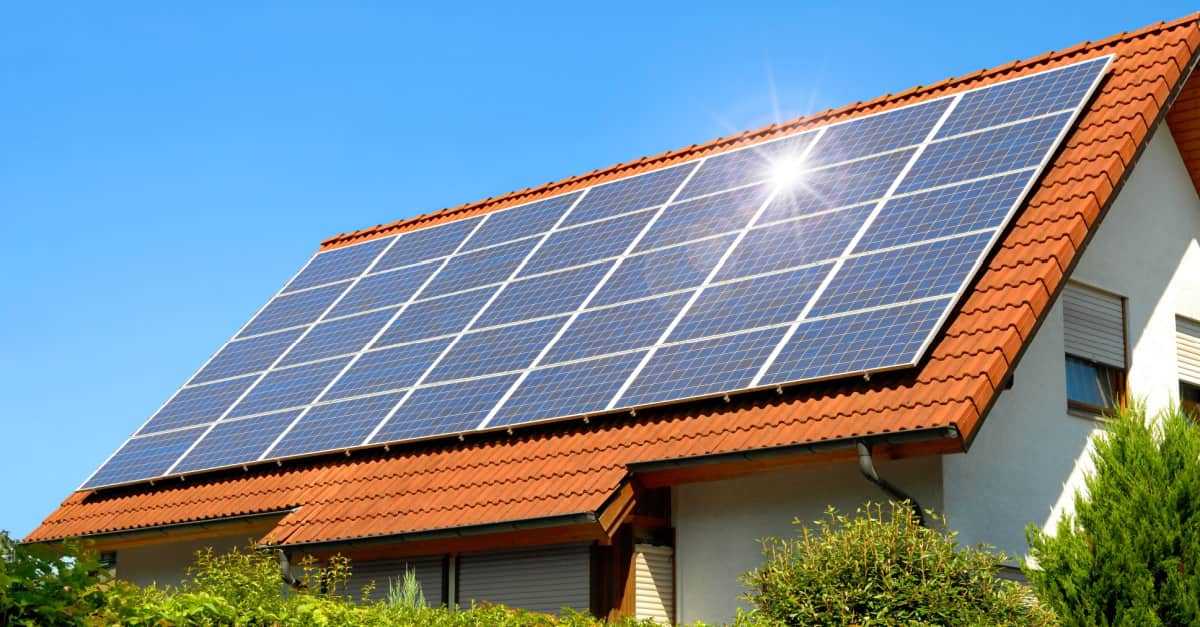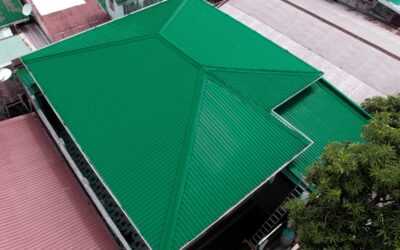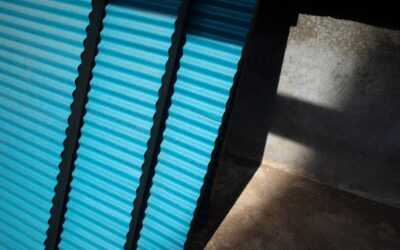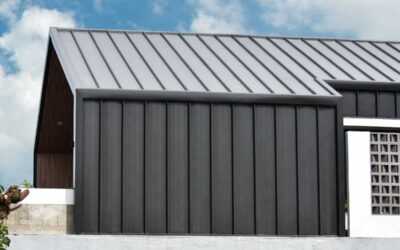Did you know that the sun is not a solid mass but a big ball of energy? The good news is that we can harness that incredible energy from the sun and use it to charge our homes and appliances. All we need are solar panels.
But which one do you choose? There are different amazing types. Read on to learn about the types of solar panels available and which is best for you.
Why are there different types of solar panels?
Each house is different, and electricity usage also varies from house to house or property to property. That’s why there are different types of solar panels to suit your particular environment and electricity needs.
Researchers are also constantly improving and innovating how solar panels are made. New technology is emerging to create better and more efficient solar panels.
Types of solar panels
Here are the most common types of solar panels:
- Monocrystalline (Mono-SI)
- Polycrystalline (p-SI)
- Thin-film Amorphous Silicon (A-SI)
- Concentrated PV cell (CVP)
Monocrystalline (Mono-SI)
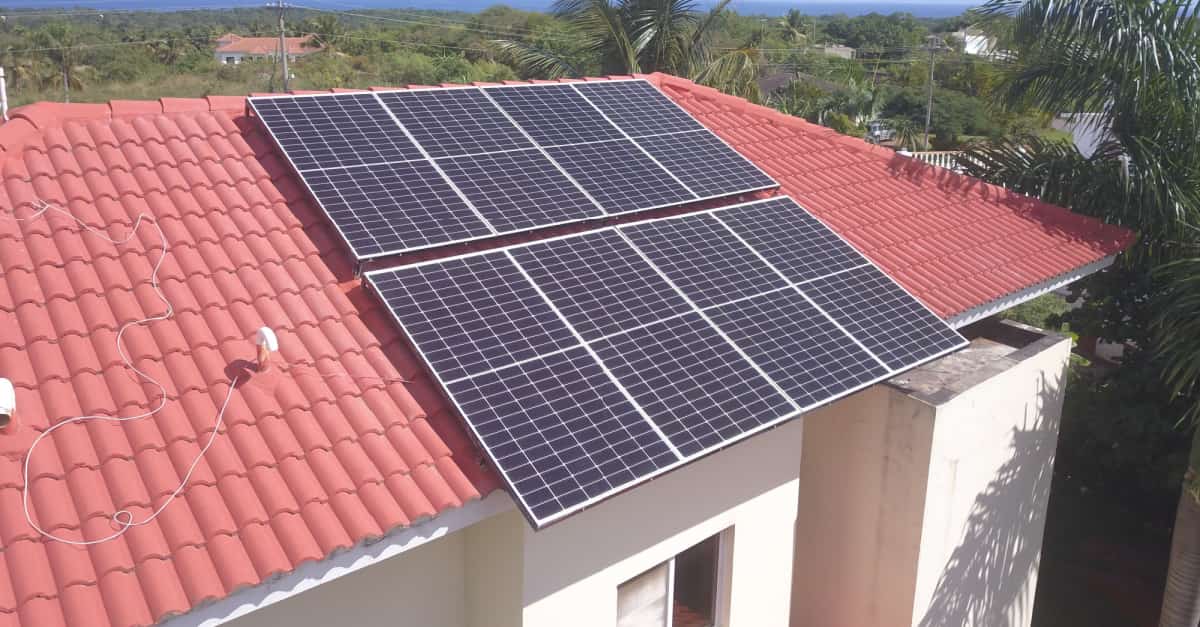
These solar panels can absorb more sunlight than others because each silicon wafer cell in the panel is cut from a single silicon cell. Also called PERC or “passivated emitter and rear contact” panels, the monocrystalline panels reflect unabsorbed sunlight to the atmosphere. For this reason, Mono-SI is highly efficient.
Mono-SI has high power output and lasts for a long time.
Polycrystalline (p-SI)
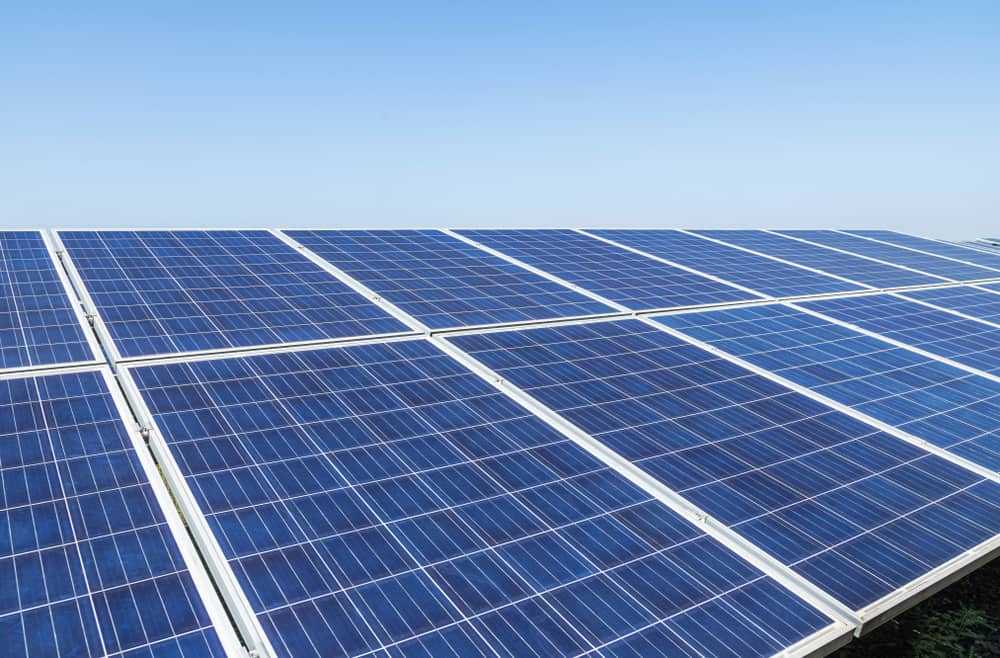
The wafers that make up the solar cells of a polycrystalline solar panel are made from fragments of silicon cells that are melted, molded, and cut. Because of this, polycrystalline solar panels are less efficient in absorbing sunlight than monocrystalline solar panels. However, polycrystalline solar panels are more affordable.
Monocrystalline and polycrystalline panels are the traditional types of solar panels. They are perfect for when you have limited roof space but want to maximize your savings on electric bills.
Thin-film Amorphous Silicon (A-SI)
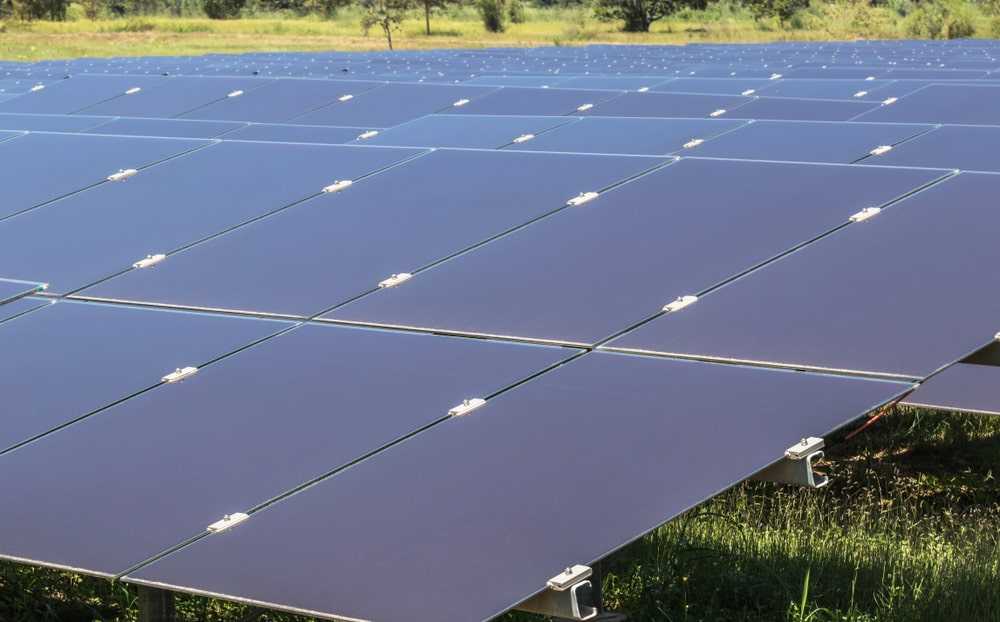
Instead of wafers, silicon films are placed on top of a substrate such as glass, plastic, or metal to make thin-film amorphous silicon solar panels. Amorphous silicon is similar in composition to monocrystalline and polycrystalline panels, but this type of solar panel is more accessible to produce. It is flexible and ideal when you have a lot of space to mount solar panels. For this reason, A-SI solar panels are not recommended for residential buildings but are suitable for large commercial roofs.
Concentrated PV cell (CVP)
CVP is a curved mirror surface, lenses, and cooling systems system. This system concentrates the sun’s energy, making the CVP the most efficient solar panel system. However, it can only perform at its best when it faces the sun at a particular angle. To manage this, tracking systems are installed with the CVP to ensure that the panels’ angle adjust to the sun’s position.
Categories of solar panels
Apart from the materials used to make them, solar panels are also classified into the following categories based on their efficiency and cost.
First-generation solar panels
These are the most expensive. These are the monocrystalline and polycrystalline panels. The production of these panels is costly and complex, but this also makes them highly efficient.
Second-generation solar panels
These are low-cost because they use a cheaper production process. However, these solar panels are also low in efficiency.
Third-generation of solar panels
These are the ones being developed using advanced technology. Because of this, they are even more efficient and cost-effective. CVP is an example of a third-generation solar panel.
Metsolar by Metalink
Tested for performance and reliability, Metsolar by Metalink uses the latest creative technology by Seraphim for maximum efficiency.
Of course, how you install the solar panels affects its performance. After all, as the sun moves across the sky, parts of the roof will be in the shade or experience low light. Metsolar’s multi-busbar and half-cut cell technology was created especially to address this problem. What’s more, Metalink provides professional placement and installation, so you can rest easy knowing that you are in the hands of experts.
When you decide to adopt a more eco-friendly lifestyle, take your first step by installing solar panels on your roof. There are great types of solar panels available!
If you want to know more about Metsolar, contact Metalink today and discover the wonderful world of solar energy!

